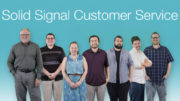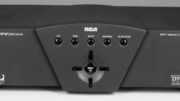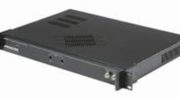You might be considering a headend system for your business. Often times they can be the best solution. But in order to get your mind around whether or not you need one, you need to understand a little bit about how they work. Luckily, that’s why this article exists.
What is a headend?
Simply put, a headend takes all your television reception equipment and puts it in one place. Then, through the magic of “modulation,” which is a technical concept we’ll discuss in other articles, all the signals from all the receivers get put onto a single wire. That wire can distribute TV all over your facility. You won’t need fancy taps or multiple wires, and there really isn’t a distance limitation. You’ll need nothing more than simple amplifiers to keep the signal going.
Headends are useful for places like hotels, gyms, and other facilities where you want different people to choose what they watch. There are a lot of cases where putting a DIRECTV receiver by each television is expensive and difficult. Headends make it easy, because you can use virtually any cable-ready TV.
What are the different kinds of headends?
When you talk about DIRECTV systems, there are three types you need to think about. Which one is best for you? It depends on what you’re comfortable with.
Encrypted headends
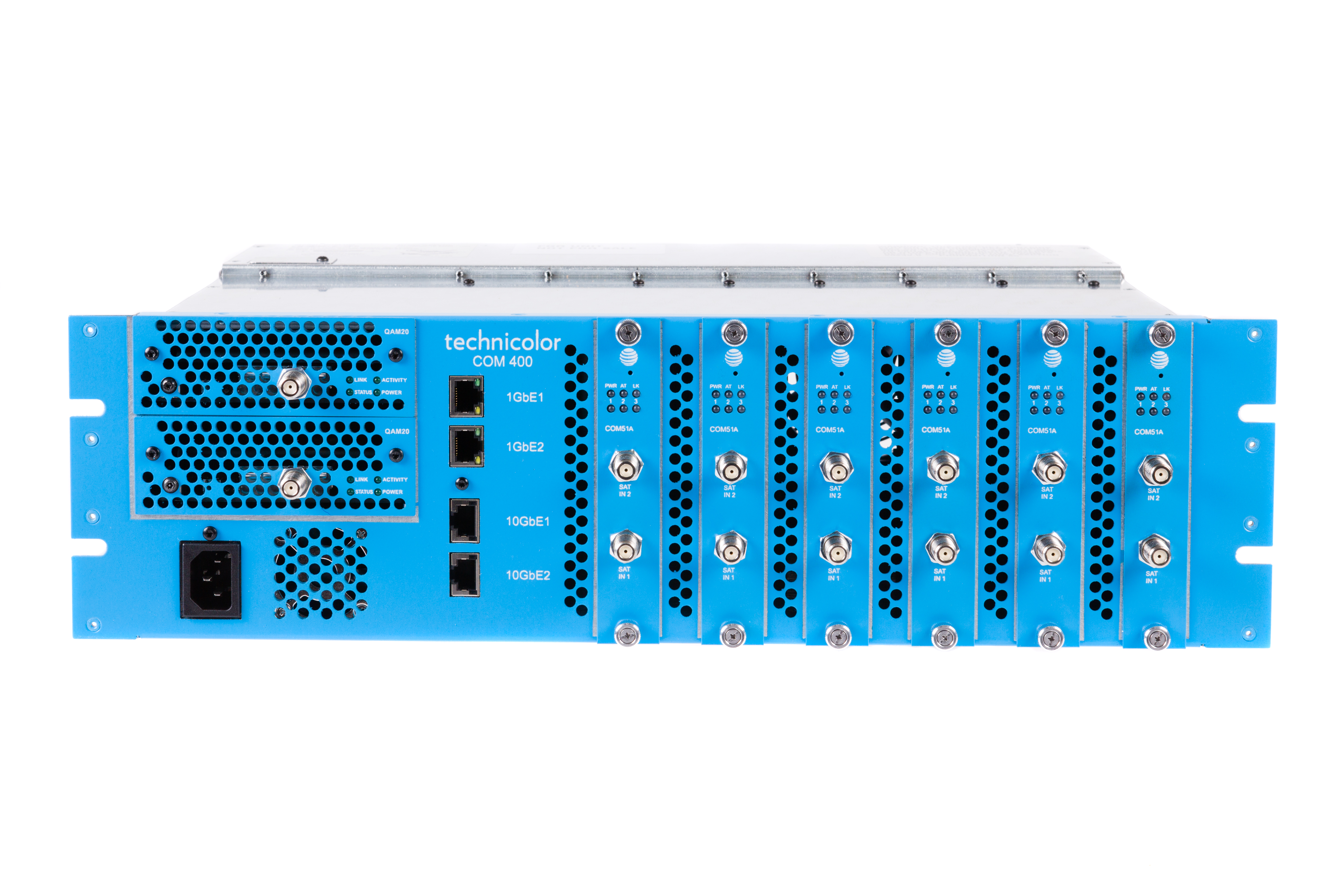
DIRECTV has a system that makes headends virtually brainless to put in. This is the COM3000 headend system. With this box, which is only a little larger than the average gaming PC, you can have 192 channels of high definition traveling through one wire. It can also be part of a larger system that includes on-demand, digital signage, and over-the-air signals. It’s a very flexible solution.
There is something you’ll need to know, though. To work best, this system requires televisions that can decrypt the Pro:Idiom system. DIRECTV’s COM3000 encrypts the signal so that it can’t be pirated. I’m not sure who, if anyone, really pirates satellite TV signals, but this system makes it largely impossible. These special TVs aren’t really more expensive, but they can’t be bought at your local club store. That means a little more planning on your end.
Watermarked headends
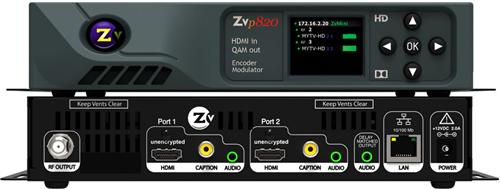
If you’re looking to use TVs from club stores or other regular consumer sources, or if you already have televisions, you may want to consider a watermarked headend system. Headend systems like these will work with virtually any television. They don’t stop piracy or unauthorized copying. Instead they “watermark” the signal by placing invisible markers into it. These markers can be used to find out where the signal was recorded. So they don’t stop piracy, they just make it easier to find the pirates.
Watermarked headends use regular DIRECTV receivers so they tend to be much larger than encrypted headends. A typical 64-channel system could take a full floor-to-ceiling rack.
Clear headends
It’s possible to create a system where there’s no encryption, no watermarks, and you can get the cleanest, highest possible quality signal out to each television. The problem? You probably can’t do it. You can build out your own high-definition system using commercial equipment to defeat the built-in content protection on DIRECTV receivers. At that point, you can then distribute a signal that’s as perfect as possible.
The problem, as I said, is that it usually can’t be done. Not legally, anyway. When you start up service on all these receivers, you’ll agree not to distribute the signal this way. And when you want to activate 50 receivers at the same time it’s going to be pretty obvious that something is going on there. There are other, legitimate reasons for activating 50 receivers at a time but the way it’s done, there’s always someone at DIRECTV who knows what you’re doing and asks why you’re doing it.
Get the right advice from Signal Connect
When you’re ready to expand your television system, call the experts! No one activates more DIRECTV headend systems than Signal Connect. We have experts who can help you build the system that’s right for you, at the right price! It all starts with a call to 888-233-5763. We’re here for you during East Coast business hours. If you’d rather communicate over e-mail, fill out the form below! We’ll get back to you, usually within one business day.



